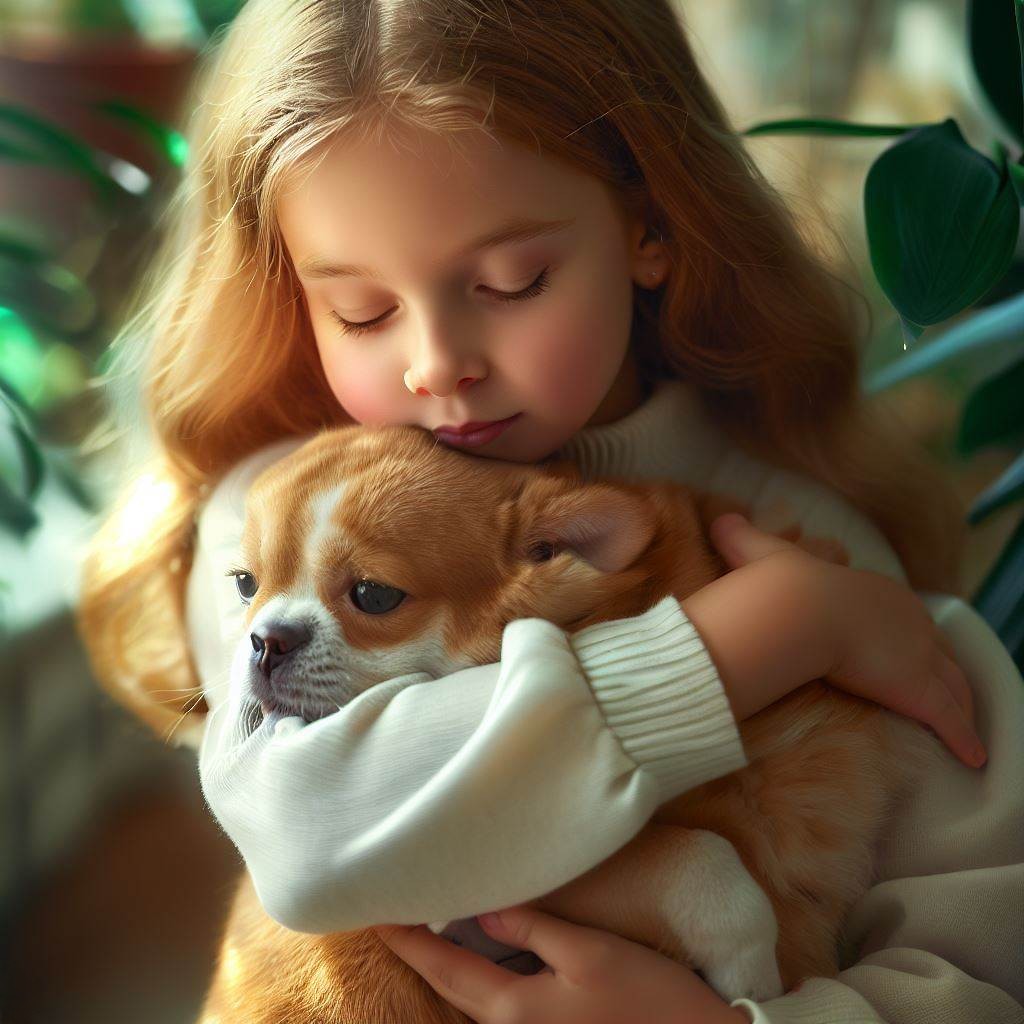The emotional lives of pets, long considered a mystery, are slowly being unraveled by science. As we continue to delve deeper into understanding the emotional world of animals, the future of research promises to refine our interpretations of animal behavior and deepen our understanding of their emotional lives. This endeavor holds the potential to transform our relationships with our pets and has profound implications for animal welfare, training practices, and our moral and ethical considerations towards animals.
The emotional lives of pets, long considered a mystery, are slowly being unraveled by science. As we continue to delve deeper into understanding the emotional world of animals, the future of research promises to refine our interpretations of animal behavior and deepen our understanding of their emotional lives. This endeavor holds the potential to transform our relationships with our pets and has profound implications for animal welfare, training practices, and our moral and ethical considerations towards animals.
The emotional lives of pets, long considered a mystery, are slowly being unraveled by science. As we continue to delve deeper into understanding the emotional world of animals, the future of research promises to refine our interpretations of animal behavior and deepen our understanding of their emotional lives. This endeavor holds the potential to transform our relationships with our pets and has profound implications for animal welfare, training practices, and our moral and ethical considerations towards animals.
The emotional lives of pets, long considered a mystery, are slowly being unraveled by science. As we continue to delve deeper into understanding the emotional world of animals, the future of research promises to refine our interpretations of animal behavior and deepen our understanding of their emotional lives. This endeavor holds the potential to transform our relationships with our pets and has profound implications for animal welfare, training practices, and our moral and ethical considerations towards animals.
Cats have a reputation for being aloof and solitary, seemingly indifferent to human company. This stereotype has persisted for years, leading many to believe that cats are less emotionally attached to their owners compared to their canine counterparts. However, recent behavioral studies have begun to challenge this perception, revealing that cats form strong social bonds with their human companions. Some research even suggests that cats view their human caretakers as a kind of parent, painting a very different picture of feline-human relationships than what’s commonly believed.
Cats have a reputation for being aloof and solitary, seemingly indifferent to human company. This stereotype has persisted for years, leading many to believe that cats are less emotionally attached to their owners compared to their canine counterparts. However, recent behavioral studies have begun to challenge this perception, revealing that cats form strong social bonds with their human companions. Some research even suggests that cats view their human caretakers as a kind of parent, painting a very different picture of feline-human relationships than what’s commonly believed.
Cats have a reputation for being aloof and solitary, seemingly indifferent to human company. This stereotype has persisted for years, leading many to believe that cats are less emotionally attached to their owners compared to their canine counterparts. However, recent behavioral studies have begun to challenge this perception, revealing that cats form strong social bonds with their human companions. Some research even suggests that cats view their human caretakers as a kind of parent, painting a very different picture of feline-human relationships than what’s commonly believed.
Cats have a reputation for being aloof and solitary, seemingly indifferent to human company. This stereotype has persisted for years, leading many to believe that cats are less emotionally attached to their owners compared to their canine counterparts. However, recent behavioral studies have begun to challenge this perception, revealing that cats form strong social bonds with their human companions. Some research even suggests that cats view their human caretakers as a kind of parent, painting a very different picture of feline-human relationships than what’s commonly believed.
Dogs have been our faithful companions for thousands of years. They’ve been at our side through thick and thin, sharing in our joy, comforting us in our sorrow, and providing companionship that often feels remarkably human. While dog owners have always attested to the depth of their pets’ emotional lives, only recently has science started to catch up. One of the most significant advancements in this area comes from neuroimaging studies that suggest that the brain structure of dogs is surprisingly similar to that of humans.
Dogs have been our faithful companions for thousands of years. They’ve been at our side through thick and thin, sharing in our joy, comforting us in our sorrow, and providing companionship that often feels remarkably human. While dog owners have always attested to the depth of their pets’ emotional lives, only recently has science started to catch up. One of the most significant advancements in this area comes from neuroimaging studies that suggest that the brain structure of dogs is surprisingly similar to that of humans.










